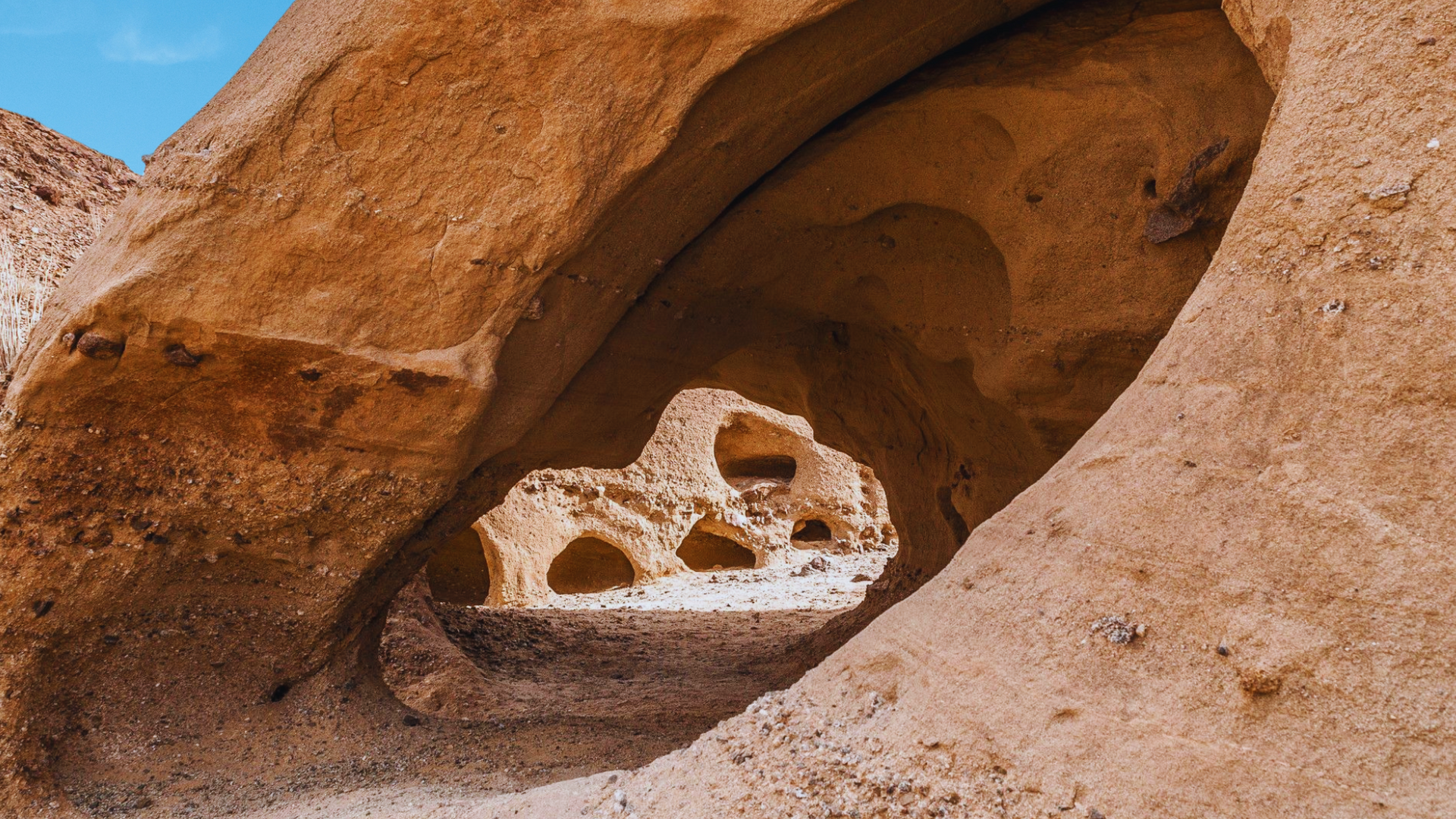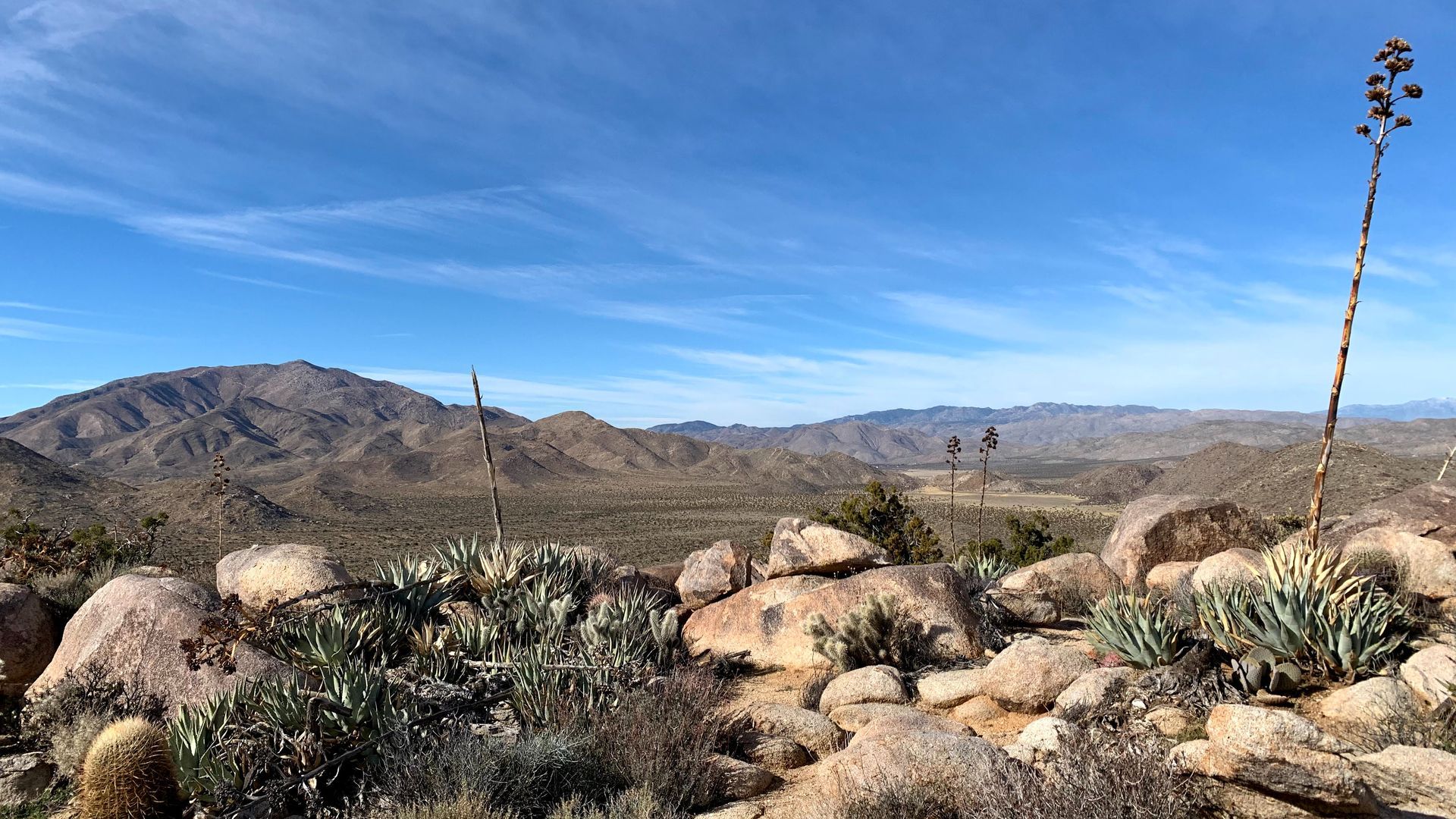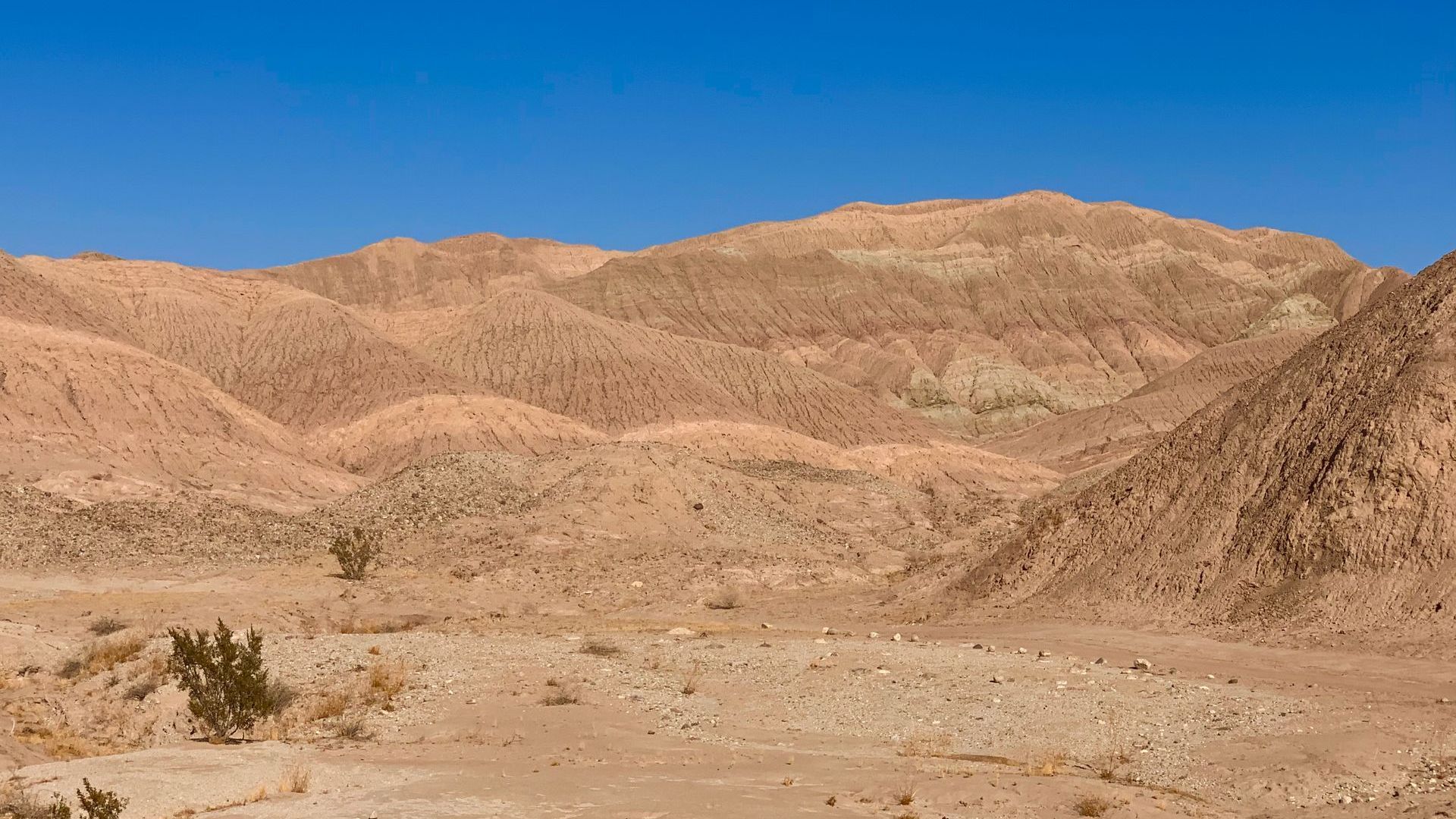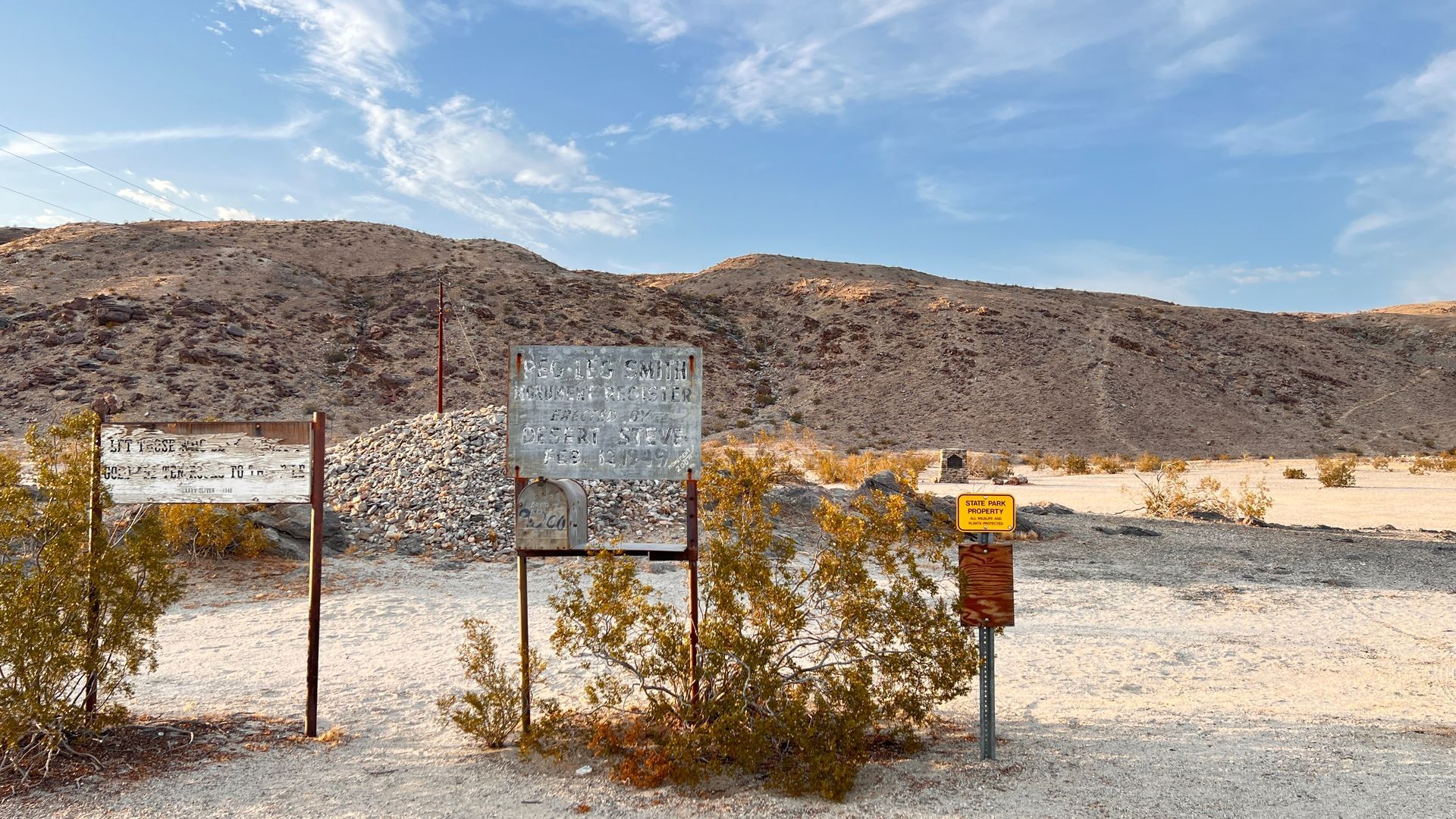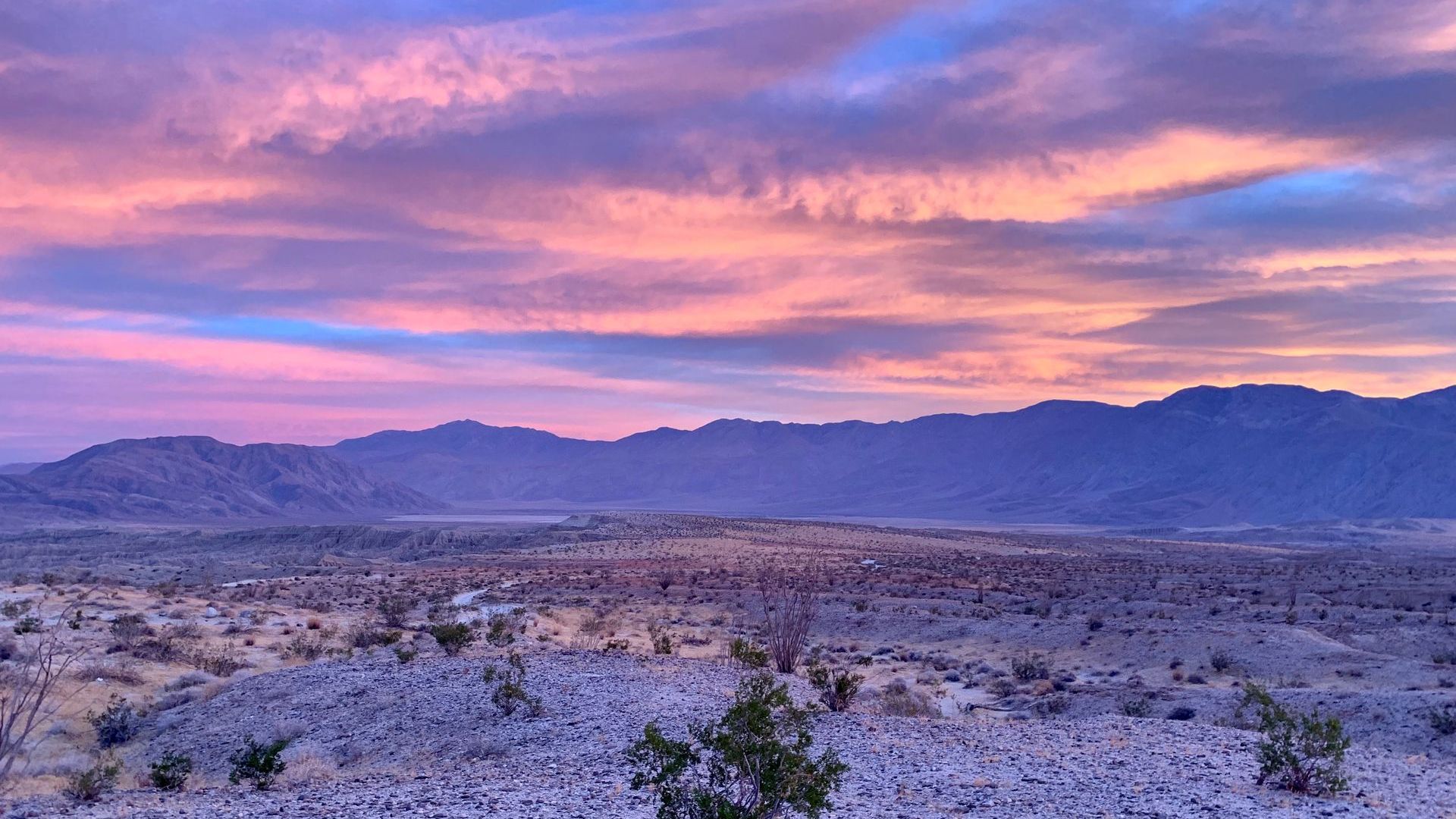Borrego Springs Local • October 16, 2023
Story of San Gregorio in Anza-Borrego
Share
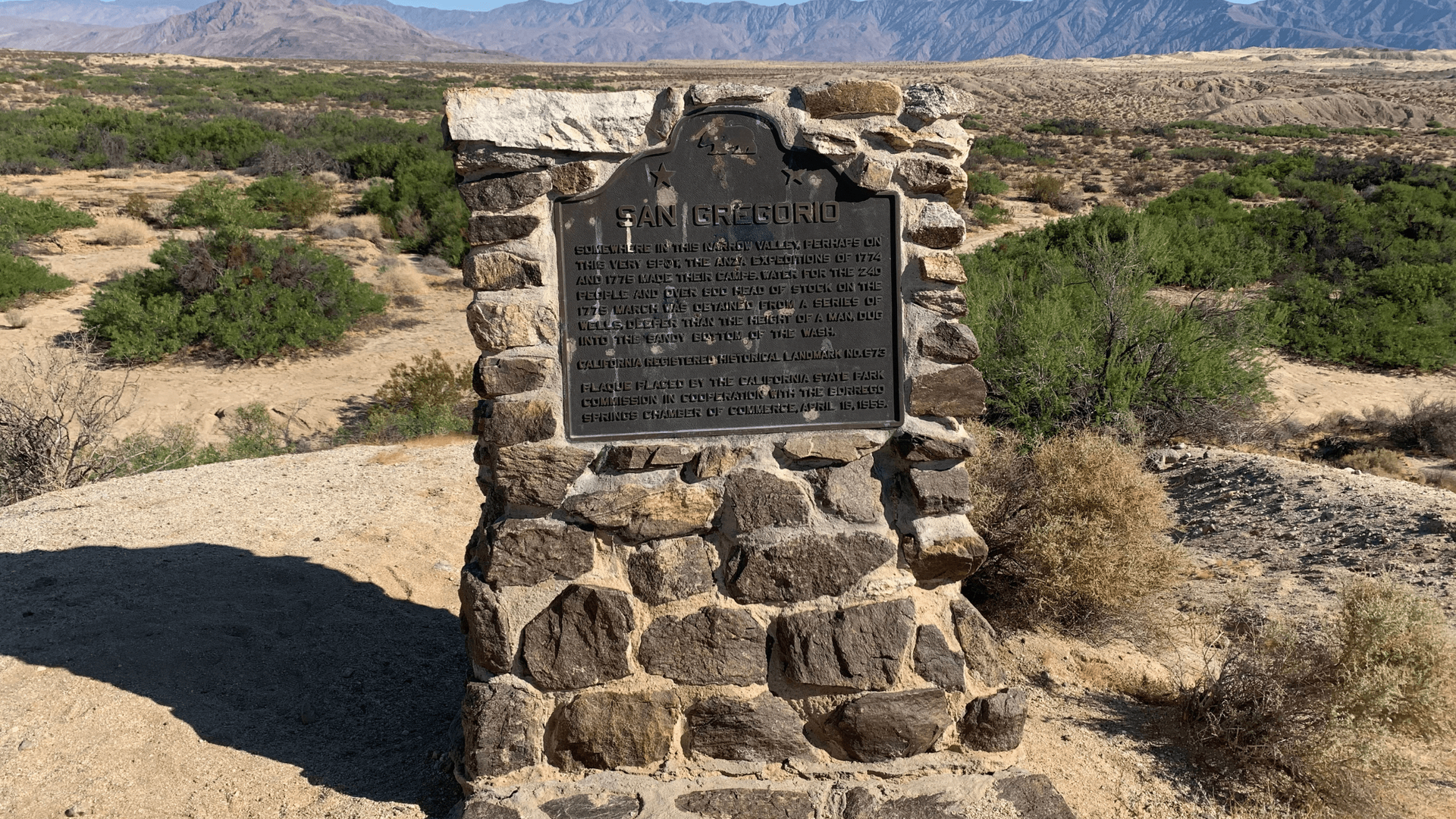

Exploring Bailey's Cabin in Anza-Borrego’s Upper Coyote Canyon Tucked away in the remote Upper Coyote Canyon, within the vast Anza-Borrego Desert State Park, lies Bailey's Cabin—a historic gem that invites both adventurers and history enthusiasts alike. A Glimpse into the Past Bailey's Cabin was constructed in the late 1930s or early 1940s, likely by the Larner Brothers after acquiring the land from Jim Wellman. Originally used as an outpost for cattle ranching, the cabin has withstood the test of time, serving as a shelter for countless adventurers over the years. The cabin’s stone walls and simple amenities offer a stark contrast to the harsh desert environment, providing insight into the life of early settlers in this rugged landscape. The Journey to Bailey's Cabin Reaching Bailey's Cabin is an adventure in itself. By vehicle, the only route is via the "Turkey Grade," a road that can be treacherous, especially after rain. For those on foot, horseback, or bike, access is also available from Lower Coyote Canyon, offering stunning views and the natural sounds of the desert. Remember to check with Anza-Borrego State Park for updated road conditions and trail closures, as the area is periodically closed to protect bighorn sheep.




